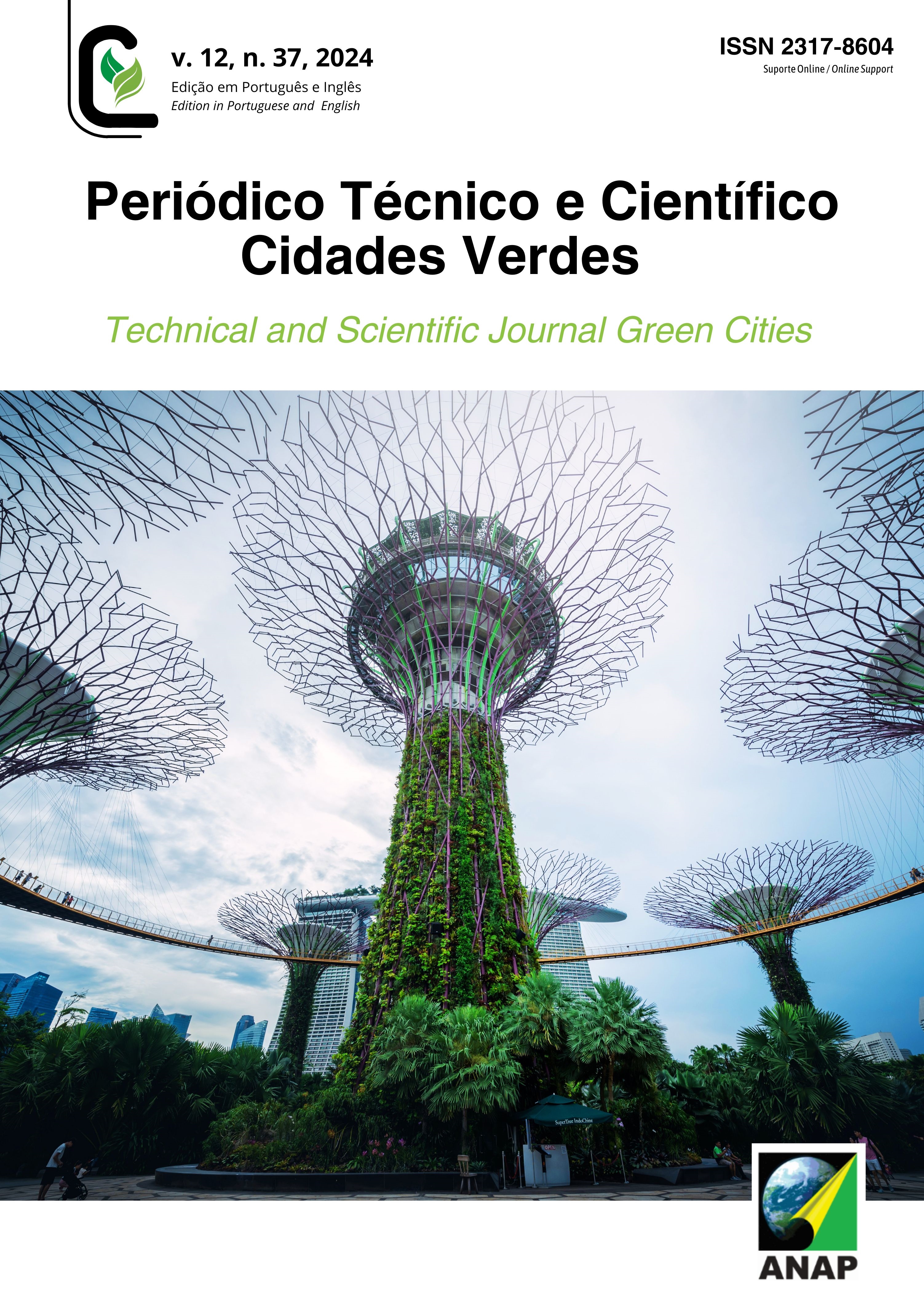Street trees and sidewalks
A study on streets in the city of Juiz de Fora, Minas Gerais – Brazil
DOI:
https://doi.org/10.17271/23178604123720245432Keywords:
Urban Afforest, sidewalk, WalkabilityAbstract
The increase in the number of inhabitants brought with it demands for urban planning in order to alleviate existing problems, minimize the possibility of others arising, and primarily ensure a pleasant and sustainable urban environment for present and future generations. Among the demands present in the urban environment are public roads and, consequently, sidewalks and urban greenery. Thus, this work addresses issues related to walkability, particularly concerning urban greenery and the conditions of sidewalks, with the aim of contributing knowledge on the subject by applying studies on four streets divided between two neighborhoods in the urban perimeter of Juiz de Fora (MG), the Centro neighborhood and the São Pedro neighborhood. The work aims to analyze the sidewalks and their conditions in relation to greenery. For the execution of the research, data was collected remotely through Google Earth and Street View. The results indicated 124 plant specimens, both trees and shrubs, across the four streets. Furthermore, it was found that despite being considered one of the neighborhoods with the highest presence of green areas, when evaluating roadside vegetation, the São Pedro neighborhood showed similarities to the Centro neighborhood, characterized as one with the lowest rate of green areas, presenting 60 and 64 tree individuals, respectively. However, the need for more in-depth studies on the subject is emphasized.
Downloads
Downloads
Published
Issue
Section
License
Copyright (c) 2025 Technical and Scientific Journal Green Cities

This work is licensed under a Creative Commons Attribution 4.0 International License.















